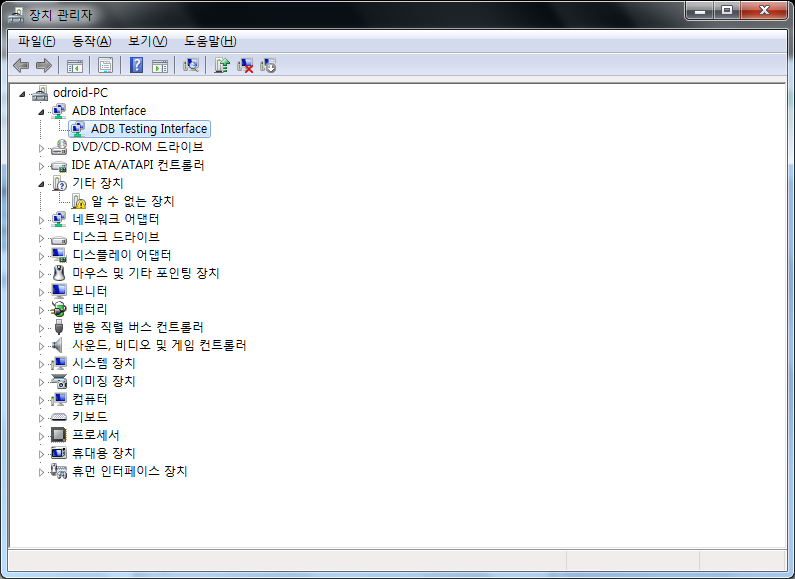S1 Boot Fastboot Driver Win8

Yes, so we all have got the latest and greatest of all windows. But does it come with problems to your rooted phone? Yes it does! While you connect your rooted unlocked phone in bootloader/fastboot mode, It will likely show a “Windows USB Device (Device failed enumeration)” error if you go upto Device Manager. I’ve made a step-by-step guide for a little fix which I found working on Intel Machine with USB 3.0. I don’t know whether it will work for any other machine so try it at your own risk. Install your default device drivers (For HTC, Install the HTC Sync Manager, For Sony, Use the ones you got in flashtool, etc) *NOTE* The instructions from Step 2-6 are only for machines with an Intel eXtensible Host Controller. Look for the Intel(R) USB 3.0 eXtensible Host Controller under Universal Serial Bus controllers in Device Manager.
Now your PC will boot with Disabled Driver Signature Enforcement and you will be able to install Flashtool/Fastboot drivers.  You can get this drivers from Post #2. If the issue persists, I think the ADB fast boot related driver had a compatibility problem with Windows 8.1.
You can get this drivers from Post #2. If the issue persists, I think the ADB fast boot related driver had a compatibility problem with Windows 8.1.
Download Intel Official Drivers. Extract the zip file to a known location. Now we are going to replace these two files which you have downloaded with the original ones.
Copy the two files, and head over to the following directory in the zip file you extracted in Step 2. “Intel(R)_USB_3.0_eXtensible_Host_Controller_Driver Drivers Win7 x64″ Copy the two files here. Accept any warning which shows by hitting ‘Replace’ Now we have to disable the default Driver Signing enforcement which Microsoft has inbuilt into Windows 8 and 8.1. Win7 activator 50.
To do so You have to do the following • Press Windows Key + R (or go to Run) • Type “shutdown.exe /r /o /f /t 00″ • Go to Troubleshoot –> Advanced options –> Start Up Settings –> Restart • After a computer soft reboot, hit Option 7 (Disable driver signature enforcement) • Restart your PC When the Windows starts, go to run, and type “devmgmt.msc” and hit enter. Go to Universal Serial busses at the end and double click “Intel USB 3.0 eXtensible controller”. Click on Drivers in the New window which opens. You should see that the Drivers are provided by Microsoft. Now click “Update Driver” and then select “Browse my computer for driver software”.
Next choose “Let me pick from a list of device drivers on my computer” and select “Have Disk”. In the Window that pops up titled “Install From Disk” choose “Browse” and navigate to the location where we replace the original inf’s with the two modified.inf files. Select iusb3xhc.inf and click ok. Ignore all warnings and install the drivers. After installing, Reboot the computer with the same procedure as Step 6 & 7. On opening the device manager, you should see an Unknown device. If you already had one before, you need to cross-check every unknown device to find the one we need.
Double click each such device and go to the 3rd tab “Details”. Find the Value “VID_8086″ After finding the correct device, choose “Update Driver” then click “Browse my computer”, Windows will ask you to identify the type of device, scroll down and select “Universal Serial Bus Devices”. Click next, choose “Have Disk”, “Browse” and select the modified iusb3hub.inf that we placed in the same folder earlier. Ignore all warnings and install the drivers. Restart the computer normally and look at the driver tab for the “Intel(R) USB 3.0 eXtensible Host Controller” and the “Intel(R) USB 3.0 Root Hub” to confirm that you are now running the Intel drivers instead of the Microsoft ones. You are now done. Try checking to see if the fastboot drivers works for you or not!